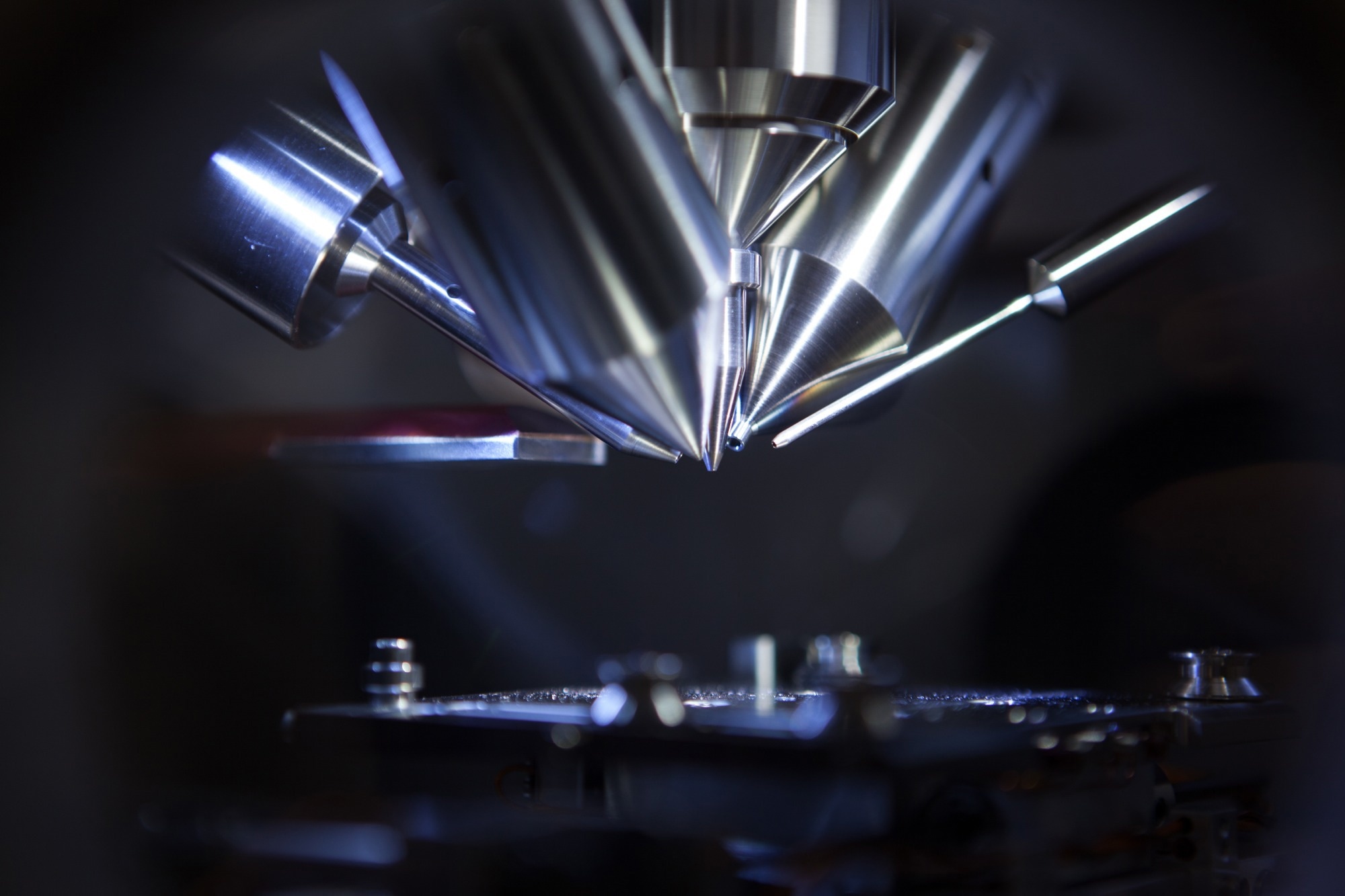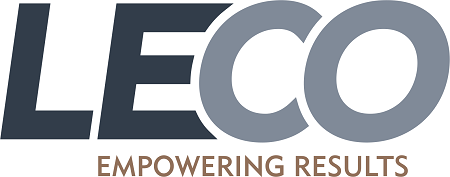In this interview, AZoM speaks with Nick Jones at LECO about gas chromatography-mass spectrometry (GCMS).
Please could you introduce yourself and provide an overview of what it is you do and what initially brought you to LECO?
My name is Nick Jones, and I was recently promoted to LECO’s global application and development director for separation science after leading the European application development group for the last couple of years. Before joining LECO, I worked in the fragrance and cosmetic industries and brought over a decade of applied application experience to LECO’s team.
I worked for most of my career at Unilever in research and development. I was initially in the measurement sciences group carrying out measurements to support various cross-category analysis projects and research projects surrounding consumer goods. One of the key tools for this was GCMS, and that was when I first started using LECO instrumentation.
After I moved to Germany, I carried on working with LECO instruments. During that time, I was able to build relationships with people within LECO and sometimes work on joint initiatives such as application development or giving presentations on LECO’s behalf at conferences, which in a nutshell, eventually brought me here.
What are some of the exciting new challenges in your role?
There are a lot of challenges. The good thing is that LECO and separation science is really about added value solutions with GCxGC and Time-of-Flight. There is a really good level of technology, which is exciting.
The big challenge is to try to harmonize the various working groups worldwide to make sure we recognize different people’s abilities and talents and increase communication and planning. By doing so, we make sure that we identify all the synergies that exist across the key priority markets.
From this, we have a growth plan to sell more products, and the main goal is to always increase growth, and the best way to do that globally is to identify the synergies and work together. There is a lot to consider and a lot of variety, which is always nice in any role. There are big challenges, but I think there is a bright future ahead.
How can you, in your role, create and bring together some of those synergies around the globe?
By talking about different ways of working and all the different locations, LECO is truly a global company. There are a lot of cultural and behavioral differences to consider, so we always have to be aware of this.
I believe this presents opportunities because people from different backgrounds, different cultures and with different levels and types of experience all have unique values. The trick is to make sure those voices are heard and bring them all together; hopefully, more and more opportunities can be created.
LECO has become a leader in the GC Time-of-Flight field, but why Time-of-Flight? Can you elucidate some of the great values of that technology?
Time-of-Flight is really powerful. You have high sensitivity, but you are also able to acquire data over a full mass range and put it in simple terms, that means you can look at everything all of the time, whereas with other scanning instruments like quadrupoles, you are limited or you have to make choices or compromises based on how much data you want to see based on the acquisition rate, for example.
With Time-of-Flight, you have the ability to see everything all the time as well as the target, so you can find things that you maybe were not even looking for or you can screen and then apply statistical analysis with software such as ChromaTOF Tile and so on, but it also opens up the door for additional separation power, GCxGC.
This is pretty much impossible to do correctly in the most optimal way without Time-of-Flight detectors, so this is really the important thing. By having better quality separation, higher detection limits, full mass range acquisition, you can suddenly generate better quality data across various sample sets.
From this, people will be working at a higher level, getting better quality information and being able to interpret it faster with higher confidence. All of this eventually contributes to increased insights and better laboratory workflows.

Image credit: Shutterstock / Intothelight Photography
Can you talk a bit about the BT and some of the new applications that may be made accessible thanks to this instrumentation?
The BT is a great instrument compared to the previous models, which were floor-standing larger instruments. The BT is a more compact benchtop unit, and it still has an open-eye source design, which is fantastic and a massive advantage.
In terms of costs, it is more affordable. We have been more competitive, and as people are becoming more open to using Time-of-Flight due to improvements in computer power, there has been an increase in awareness of Time-of-Flight and GCxGG. This is where the BT can be of great help, as it is the BT 4D platform for GCxGC.
GCxGC is something that people can operate. It is not just for laboratories in universities; we now have routine applications that make use of Time-of-Flight, and this is one of the really big advantages. For instance, analysis of food contaminants like mineral oils and pesticides using Time-of-Flight, GCxGC. The raw material and finished goods industry is another market where we see a growing uptake in this instrumentation. This is all really exciting for us, and we have lots of aims for the future.
Could you explain how target analysis fits in with Time-of-Flight and the advantages this has over conventional GC quadruple data?
Regarding target lists, some nifty goings-on need to be addressed. For example, concerning newly developed or synthesized performance-enhancing drugs.
With Time-of-Flight, you might not be readily aware of certain substances, for example, but in a year or two’s time, you may become exposed to them. For instance, you could look back on your non-target data and retrospectively realize that athletes were, in fact, using these substances.
WADA has kind of two lists. They have a banned list, and then they have a monitoring list, and the monitoring list has to basically be entirely prospective where they are looking for the presence of things. With Time-of-Flight and particularly multidimensional Time-of-Flight, researchers will be able to go back and look at historical data and see what substances were being used, and that is really powerful.
What new frontiers do you expect to explore in the coming years with Time-of-Flight?
There is a lot going on. We talk about enhanced separation power, detectability, and all the separating components from interferences because people are becoming more aware of it.
What we now have to start doing is looking for opportunities, and routine analysis is where the big opportunities are. The vast majority of global GCMS systems are installed in environmental analysis labs.
Environmental analysis is generally split into two areas; one is the more non-target screening discovery workflow, and this is an ever-growing area. There is always the study of how contaminants and pollutants are spread in the environment, what they are comprised of, comparing different locations, and trying to understand the impact on human health.
Moreover, there is a growing need to identify microplastics, for instance, by determining the levels in the environment, in the air, and in foodstuffs. There are likely to be regulating methods around this in the future, so this is something that we are working on.
Then there are the future links to routine target analysis, where you need to separate from the background and the interference in species. These labs currently use other instruments to do methods A, B, and C, but there is no reason to say that they cannot have one Time-of-Flight instrument that would allow them to combine methods A, B, and C. That is another area where we want to boost our capabilities, and we want to do it proactively so that we can demonstrate to customers, really clearly and effectively, the benefits of the validated pre-prepared solutions that we have developed.

This information has been sourced, reviewed and adapted from materials provided by LECO Corporation.
For more information on this source, please visit LECO Corporation.
Disclaimer: The views expressed here are those of the interviewee and do not necessarily represent the views of AZoM.com Limited (T/A) AZoNetwork, the owner and operator of this website. This disclaimer forms part of the Terms and Conditions of use of this website.